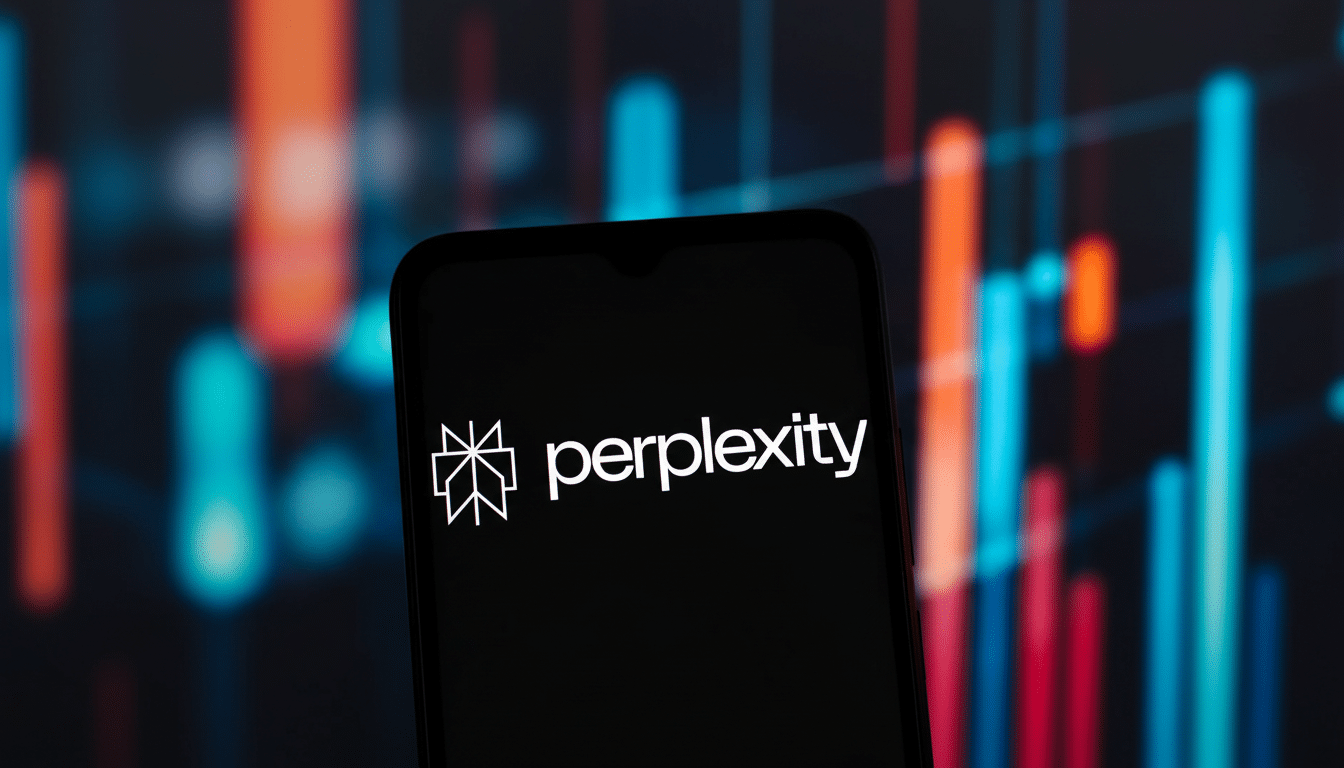Snap has given Perplexity the keys to its new current-generation search offering in a reported deal worth $400 million that makes the AI startup’s “answer engine” the default search experience inside of Snapchat. Bloomberg reports that the deal is a mixture of cash and stock, and will see Perplexity have distribution across Snapchat’s 900+ million monthly active users while Snap embeds richer, source-backed answers natively in its own app.
Snap’s current AI chatbot My AI isn’t going anywhere, but rather Perplexity is running a big, default search slot for quick answers sourced from around the internet. The move is a sign that Snap intends to take search seriously as a high-frequency utility, not just a quirky chat toy — and to embed it where young users are used to hanging out.

What This Deal Means For Snapchat’s Search Strategy
Default surfaces drive behavior. Snap learned this with the camera and Map; now it’s applying that playbook again to AI search. Expect the Perplexity integration to be just a tap away from the chat camera, Stories or Spotlight, poised to answer brief questions and summarize trends and surface links without shuttling users off to a mobile browser.
Monetization follows intent. Search queries have commercial intent, paving the way for sponsored results, affiliate links or brand experiences that feel native to Snapchat’s vertical video and AR formats. Snap claims in its investor materials that it reaches over 90% of 13–24-year-olds in some key markets, who turn to the likes of social apps before they even hit the open web — a rich breeding ground for a search engine built into an app.
Crucially, keeping My AI alongside Perplexity means Snap can distinguish casual chat from more confident answers. One bot could provide creative prompts or streak chatter, and the other could handle questions with citations. That division ought to minimize user confusion and make outcomes more predictable.
Inside Perplexity’s Answer Engine and How It Works
Perplexity’s system marries a bunch of large language models with retrieval techniques along with real-time web crawling and indexing, then serves up concise answers along with attributions to their sources. This “answers plus citations” format is intended to reduce hallucinations while providing users with a route to fact-check claims.
The startup’s core search app, finance-focused experience and Comet AI browser now have more than 20 million active users in total, it says. For Snap, the power of Perplexity is more than generative fluency — it’s the muscle memory to link out, a crucial trust tick for a generation that increasingly encounters unverified claims in short-form feeds.
Follow the Money and Distribution Dynamics
Perplexity paying Snap for default placement flips the classic “platform pays AI” story on its head but resembles classical search distribution economics. Court records in the U.S. antitrust case against Google revealed that default search deals on phones and browsers carry large premiums because of how they direct user influence at scale.

This is the same benefit Snap offers within a high-engagement app. For Perplexity, the math is simple: distribution now, monetization later. For Snap, it’s a low-risk way to add utility while maintaining that nothing is off the table in terms of bringing more AI partners aboard — a point they’ve been at pains to emphasize, of course — or negotiating licensing that reflects publisher relationships.
Legal and Safety Issues Loom Over Integration
Perplexity has been sued by large publishers such as Dow Jones, the New York Post and Nikkei over copyright infringements, and Reddit has accused the company of unauthorized scraping. That tension highlights the broader industry rush to lock down content licenses for AI training and synthesis.
Snap’s audience tilts toward people who are younger, heightening the focus on safety. Look for heavy filtering, age-appropriate replies and lots of conservative sourcing. Hallucinations aren’t just a product defect in this world, they’re a brand liability. The integration will probably rely on citations, clear summaries and blocklists to meet Snap’s safety standards and expectations for regulatory compliance.
The Competitive Landscape for AI-Powered Search
Platform owners are racing to establish AI as the default action. Apple is said to be moving to give Siri a big-model backbone from Google Gemini, while Meta has embedded its assistant across Instagram, WhatsApp and Facebook. Google’s Search Generative Experience is changing the results of queries on the web, and OpenAI keeps extending ChatGPT further into every type of task you can think of.
Snap’s play is distinctive: keep users in a comfortable social space, minimize the friction to answers and turn fleeting attention into deliberative queries. Done right, AI search becomes the connective tissue between a user’s camera and friends, creators and the broader internet.
What To Watch Next As Snapchat Rolls This Out
The rollout is expected to be given a high-profile, default position within Snapchat. Key signals to monitor would include:
- Query volume growth
- The percentage of searches that generate cited answers
- Downstream link clicks
- Whether Snap rolls out sponsored results or publisher partnerships specific to AI search
The most significant swing here is strategic: if Snapchat can show that these social-first, citation-backed responses can flourish inside of a chat app, default AI search could become a new battleground — not in browsers but within the apps where people are already spending their minutes.

